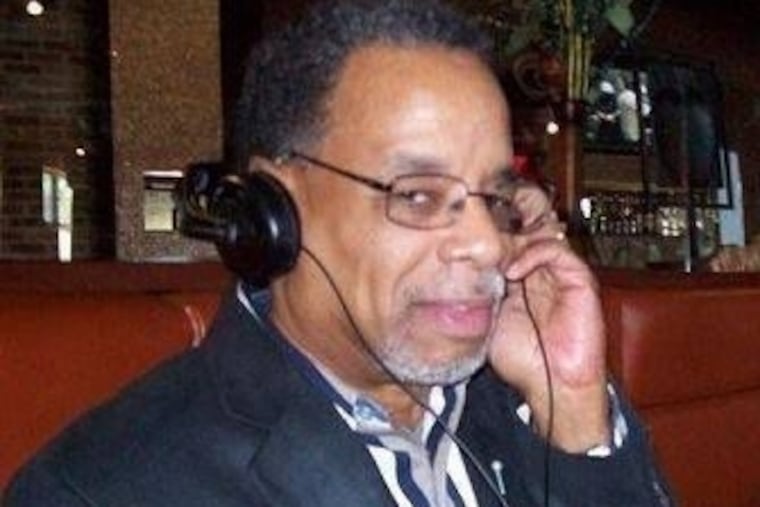Tony Brown introduced a generation of Philadelphians to Black love through song | Opinion
There are quiet storms all over the country, but Tony Brown belonged to Philly.

Philadelphia is rich with Black history. Philadelphia was once home to the Institute for Colored Youth that is now Cheyney University. Philadelphia is home to Bethel AME Church, founded by Richard Allen, one of the first Black churches in America and the oldest continuously Black-owned church in American history.
Philadelphia is also home to the Sound of Philadelphia (TSOP), the brainchild of Kenny Gamble and Camden’s own Leon Huff.
Growing up, it was routine to hear a TSOP track on WDAS-FM, especially when it was time for the “Quiet Storm,” an evening radio show hosted by none other than Tony Brown, aka Anthony Chocolate, aka Tony Brown with the chocolate sound that melts in your ear.
This week, we lost Tony Brown at the age of 75. Certainly, his family lost a husband, father, and grandfather. We in the Delaware Valley lost a radio legend and Black music pioneer with the “Quiet Storm.”
» READ MORE: Tony Brown, longtime host of WDAS-FM’s ‘Quiet Storm’ radio program, has died at 75
The name “Quiet Storm” was the name of Motown legend Smokey Robinson’s classic 1975 slow jam known for its sultry sound and the all too familiar synthesized whistle, accompanied by the sound of wind.
In 1976, a Howard University DJ, Melvin Lindsey, launched a show, playing slow jams, slow songs that were a blend of soul, jazz, and jazz fusion, on a traditional jazz radio station. From there, the “Quiet Storm” was born.
However, Brown was ahead of the curve. Before his show became the “Quiet Storm” in 1976, it was called “Extrasensory Connection.” The only thing that changed was the name; he was already playing the slow jams.
Although he started the show on WDAS, I became acquainted with the “Quiet Storm” when Brown housed the show on Power 99 in the early 1990s.
I was one of those kids who needed music in order to go to sleep, and so every night at bedtime, my mom would turn on the radio next to my bed. But it wasn’t until the “Quiet Storm” came on that I could fall into what seemed like the most peaceful sleep. Maybe it was the music itself, or maybe it was Brown’s demeanor, cadence, and flair as a disc jockey that put a once elementary school kid to rest at night.
Looking back, it was Brown’s flair for knowing what to play and when. Whether it was a Gamble and Huff track, “A House is Not a Home” by Luther Vandross, “Velas” by Quincy Jones, or the Mandré interlude, Brown knew how to set the tone.
But even greater than that, Brown introduced me and countless others to classic old-school R&B. He introduced us to the soul and spirit of Black love through song. For the Greater Philadelphia region, Tony Brown didn’t just play slow jams. He introduced millions of us to the vocabulary that articulated our emotions when we found love and when we lost it. He introduced us to the rhythm that was our heartbeat, sustaining us during our highs and in our lows.
He was our griot who used song to tell stories that we would connect with the most precious moments of our lives. Tony Brown was more than just an institution in Black radio. Tony Brown is Black history, and as we conclude another Black History Month, may it not be lost on any of us the impact that Brown had on this region as a master of his craft.
There are quiet storms all over the country, but Tony Brown belonged to Philadelphia. May his spirit rest in peace.
Rann Miller is an educator and freelance writer based in Southern New Jersey. His Urban Education Mixtape blog supports urban educators and parents of children attending urban schools. You can find the blog at urbanedmixtape.com. @UrbanEdDJ